Edited by YsTheAnt, October 22 2018 - 8:32 PM.
- Formiculture.com
- Forums
- Gallery
- Members
- Member Map
- Chat
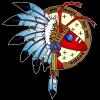
Don't ever want to hear Aussies complain they don't have interesting ants. You guys have the best ants.
Instagram:
nurbsants
YouTube
California Ants for Sale
Unidentified Myrmecocystus
https://www.formicul...ls-near-desert/
Undescribed "Modoc"
https://www.formicul...mp-ca-5-4-2017/
Camponotus or Colobopsis yogi:
https://www.formicul...a-ca-1-28-2018/
Camponotus us-ca02
https://www.formicul...onotus-us-ca02/
Unidentified Formica
https://www.formicul...l-ca-6-27-2020/
Pencil Case and Test Tube Formicariums
https://www.formicul...m-and-outworld/
Bloodworm Soup
https://www.formicul...bloodworm-soup/
I'm only just realising now how diverse the ant population around us is. Sure I've taken note of an interesting ant here and there over the years but only in the last few months have I looked properly and really noticed how many species are around me at any given time.Don't ever want to hear Aussies complain they don't have interesting ants. You guys have the best ants.
Yes, it's a bit different in Australia, for the most part it is better if people keep inverts from another state as the conditions won't be suitable for them if they escape or are released. Western Australia and Tasmania have restrictions but most states and territories don't.You cannot ship ants over borders to the US, @Rstheant and since you live in CA you won't be able go catch them anyway. Just a heads up
.
Here's some pictures of two ants I caught the other day, one is larger than the other at about 10mm, the other is around 7mm. At first I thought they were Rhytidoponera as the smaller one in particular (on the right when both are pictured) has a very humped thorax. Looking at the pictures I still can't tell if maybe they are Iridomyrmex, but they don't seem to look quite the same as the obvious Iridomyrmex I caught a week or so before, the petiole in the left doesn't look the same, and the ant on the right looks even less like the others to me.
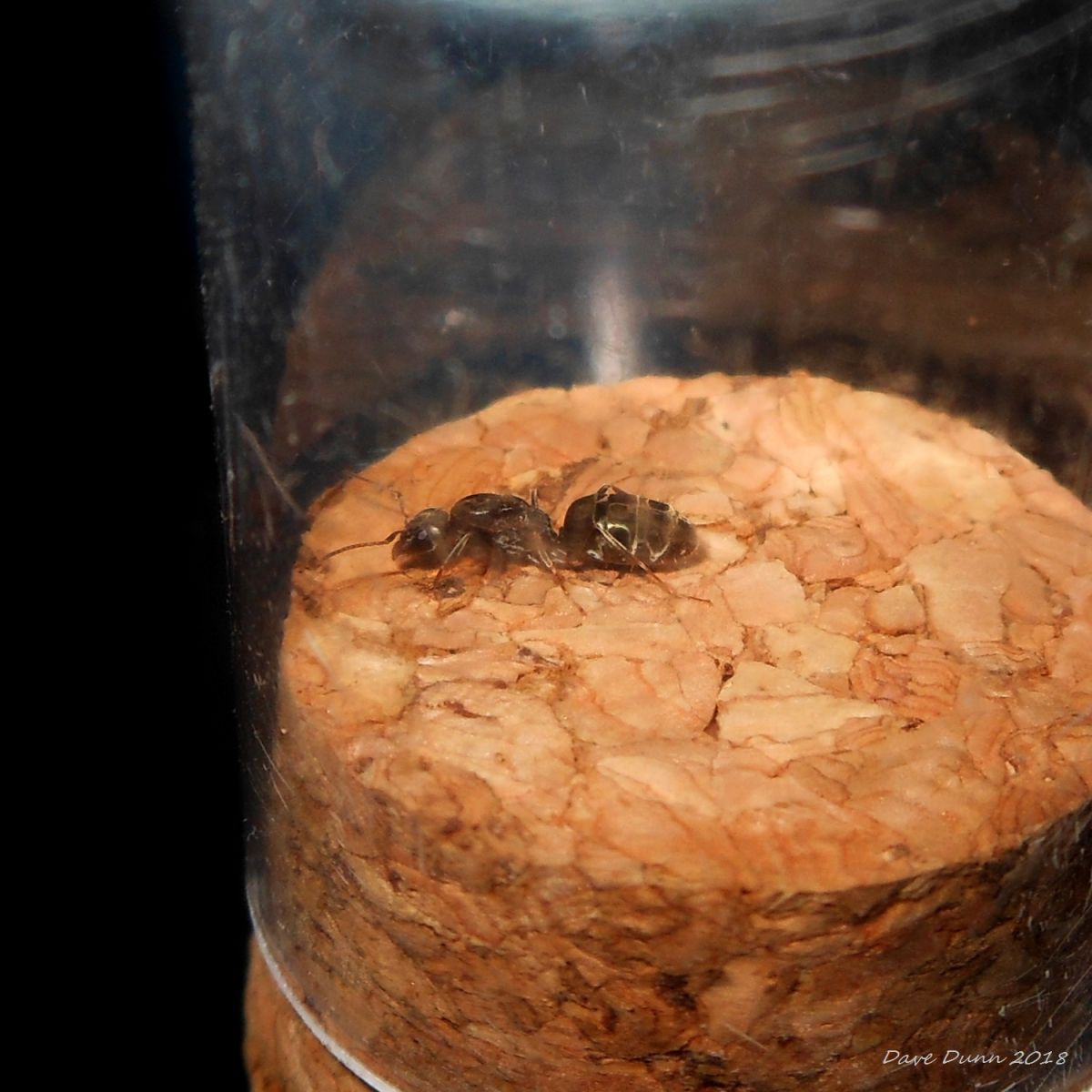
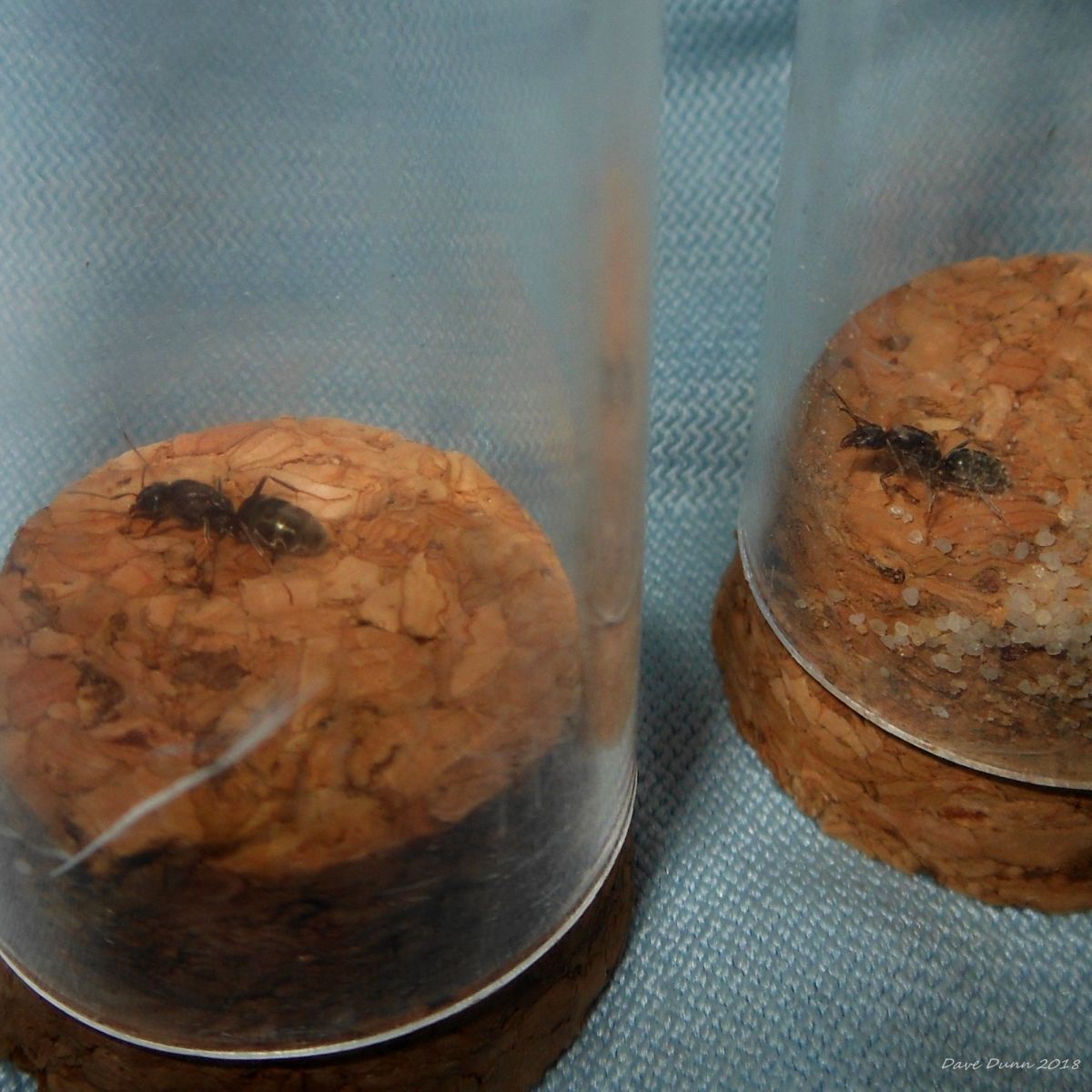
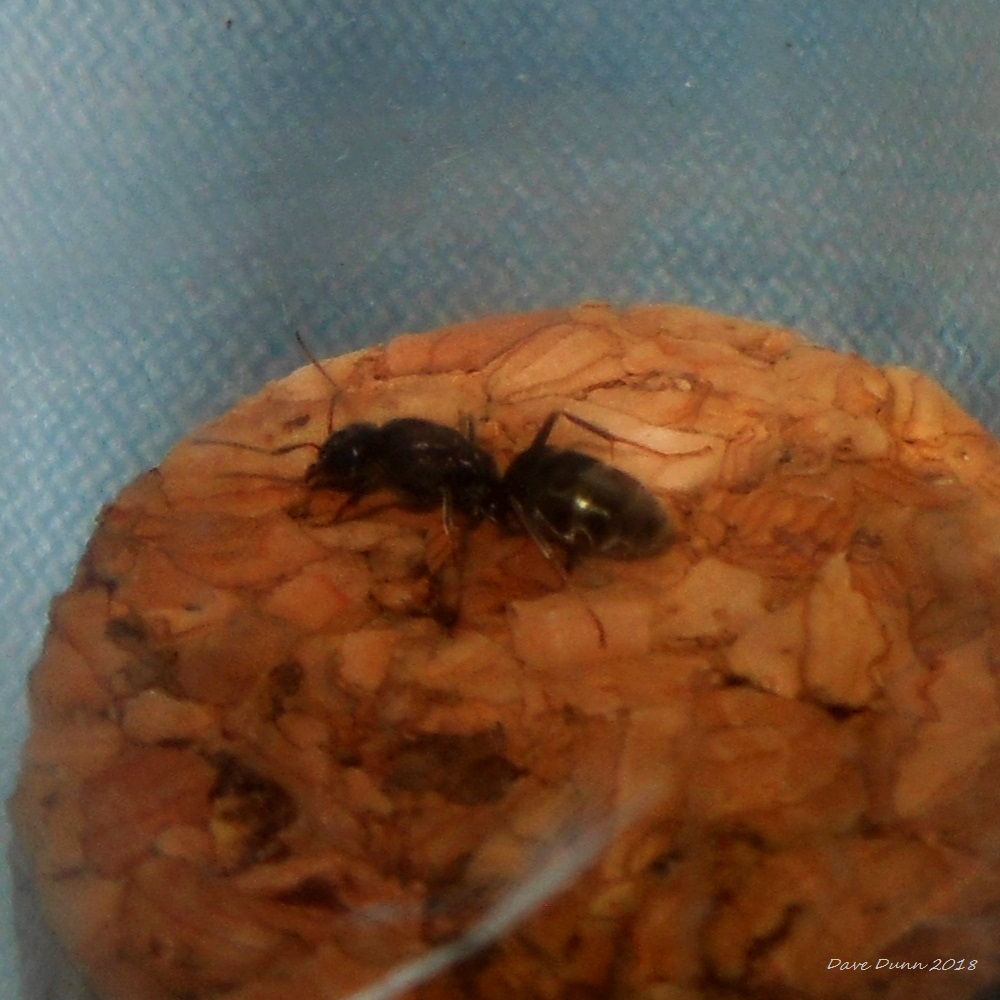
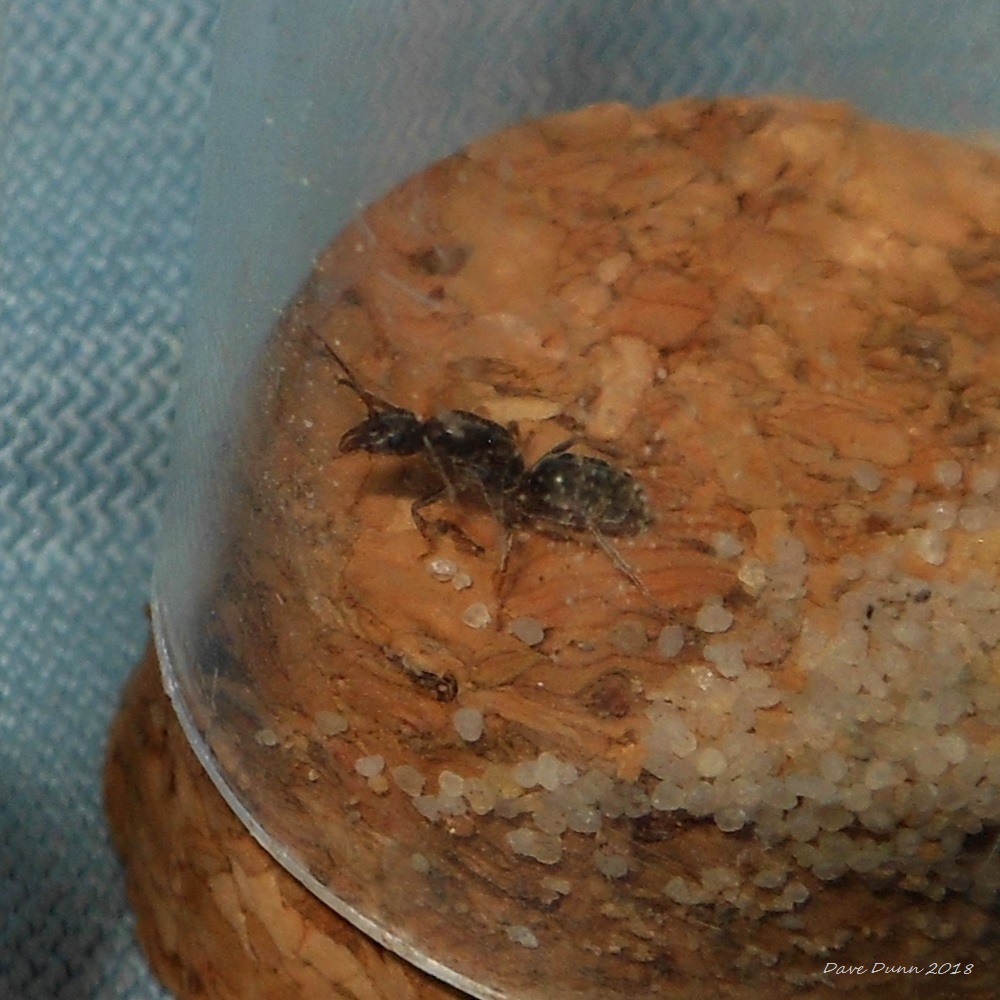
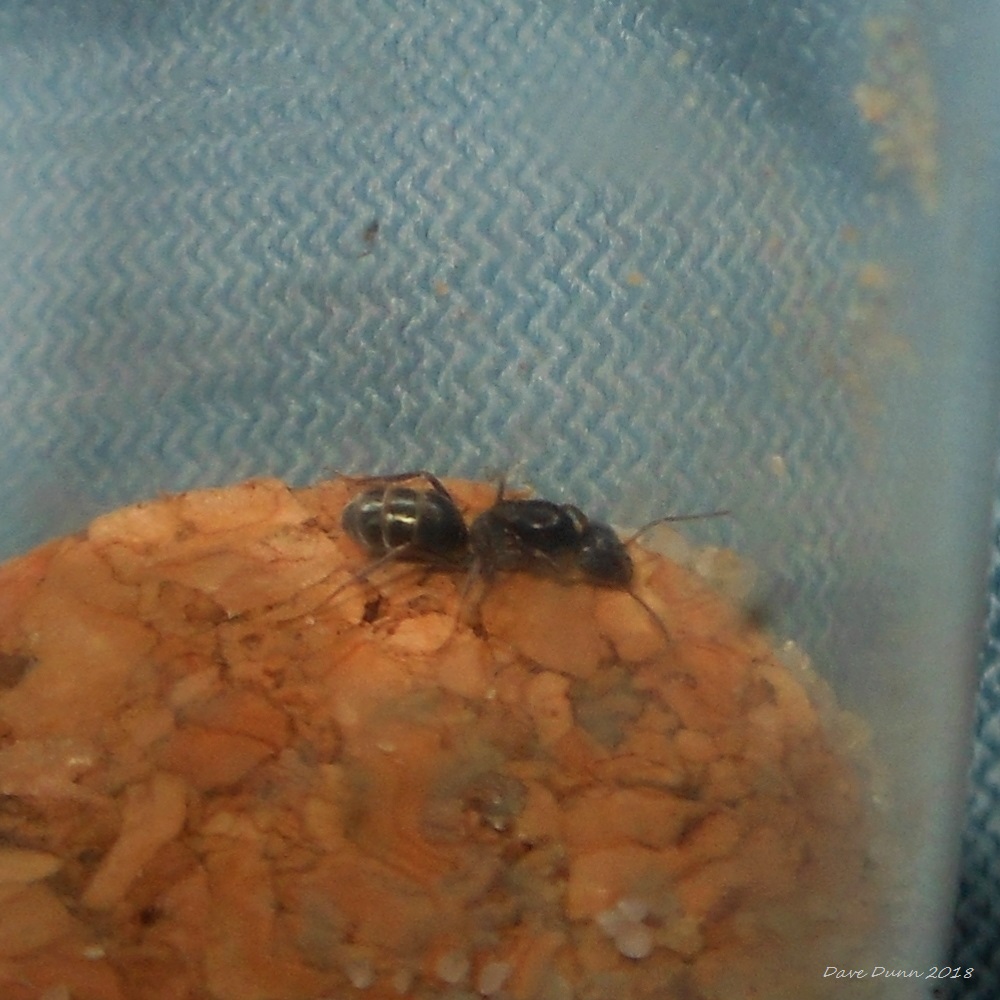
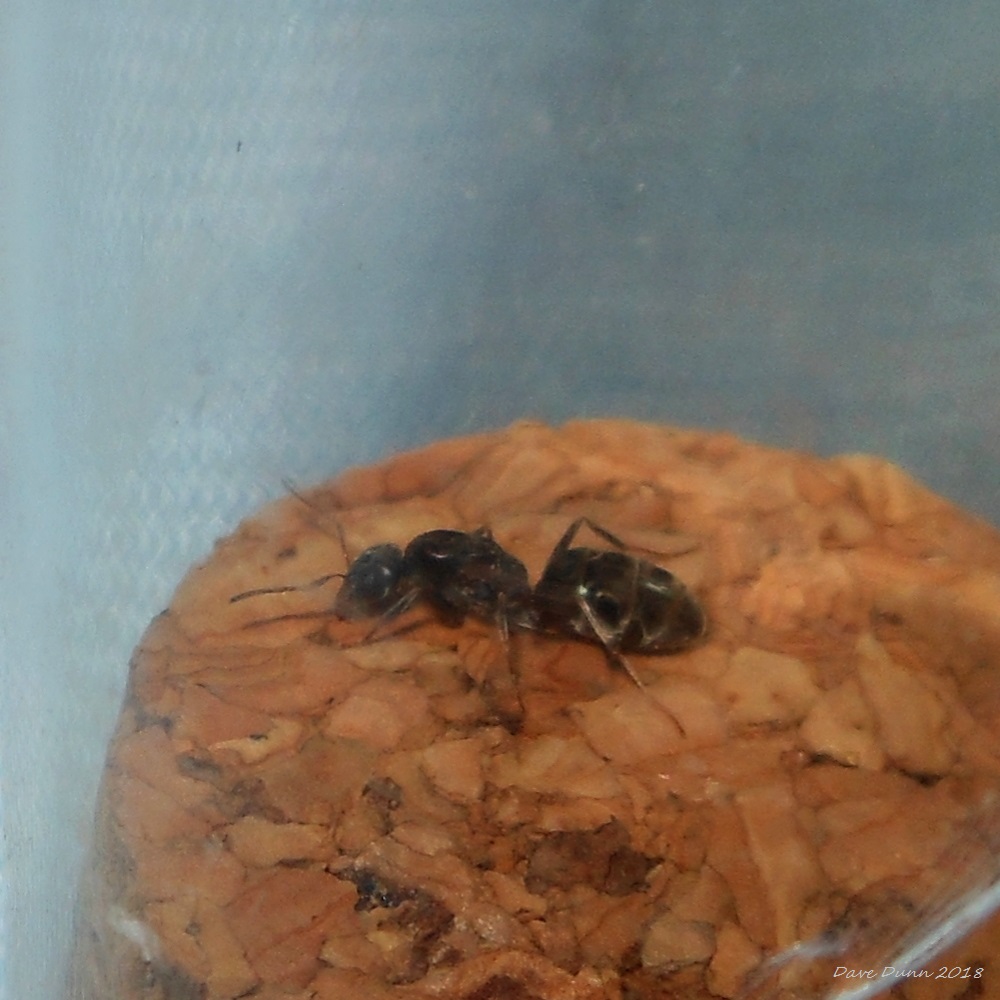
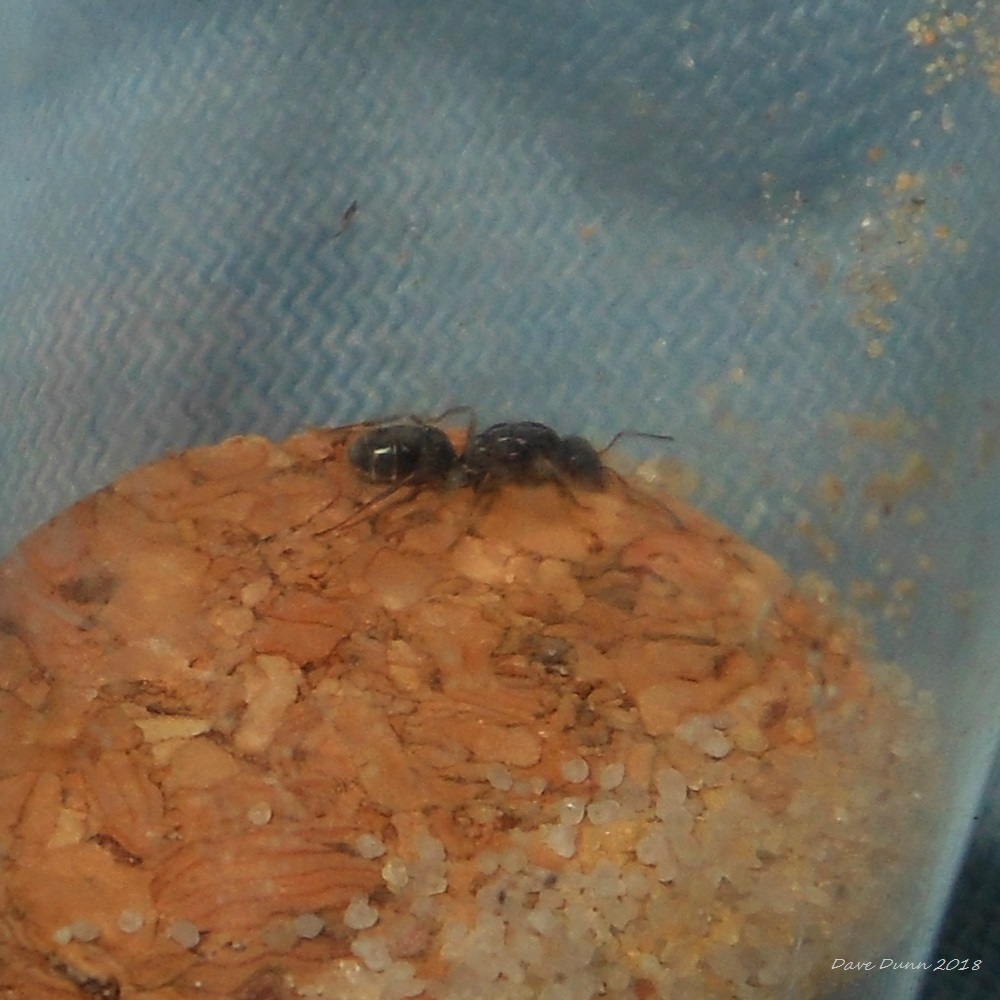
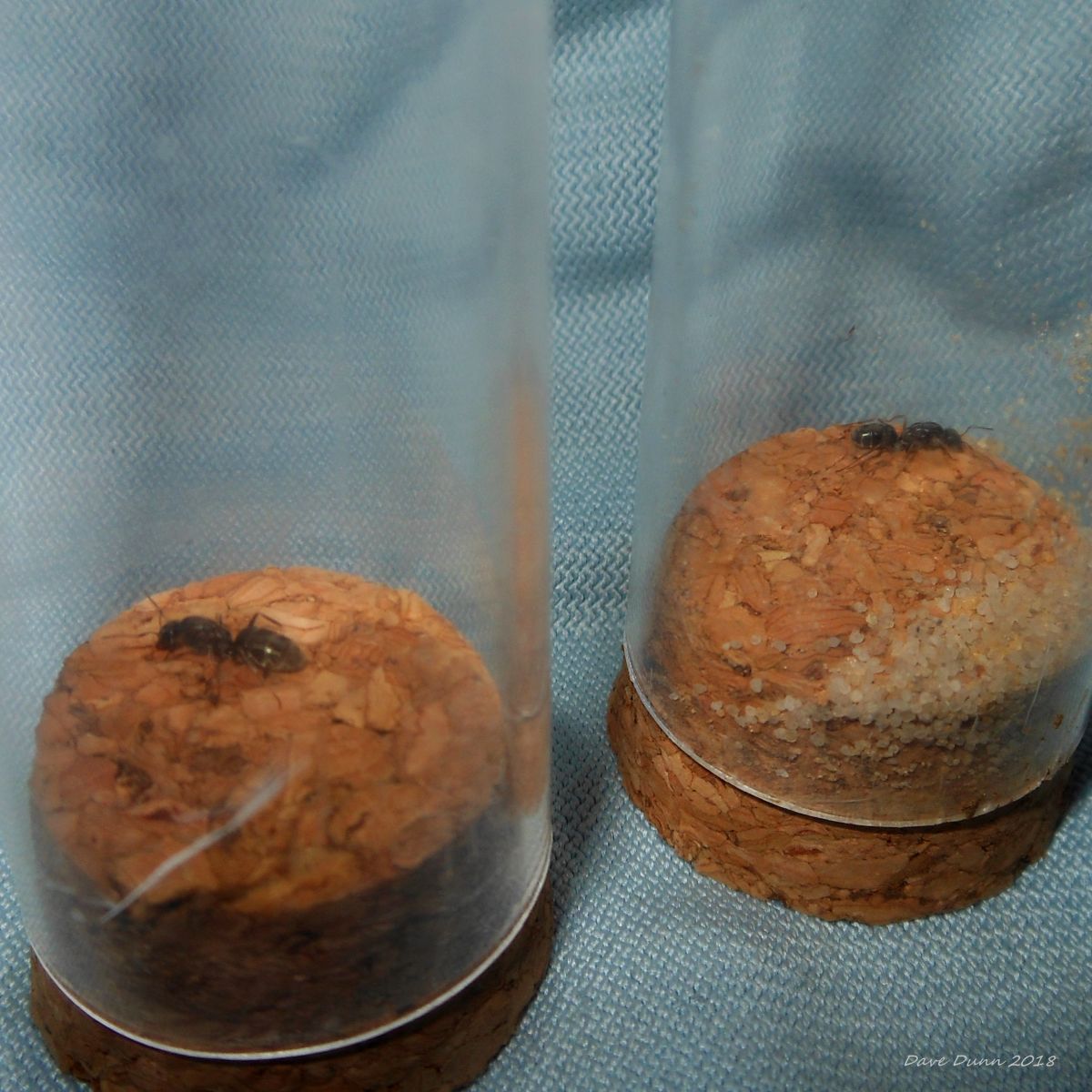
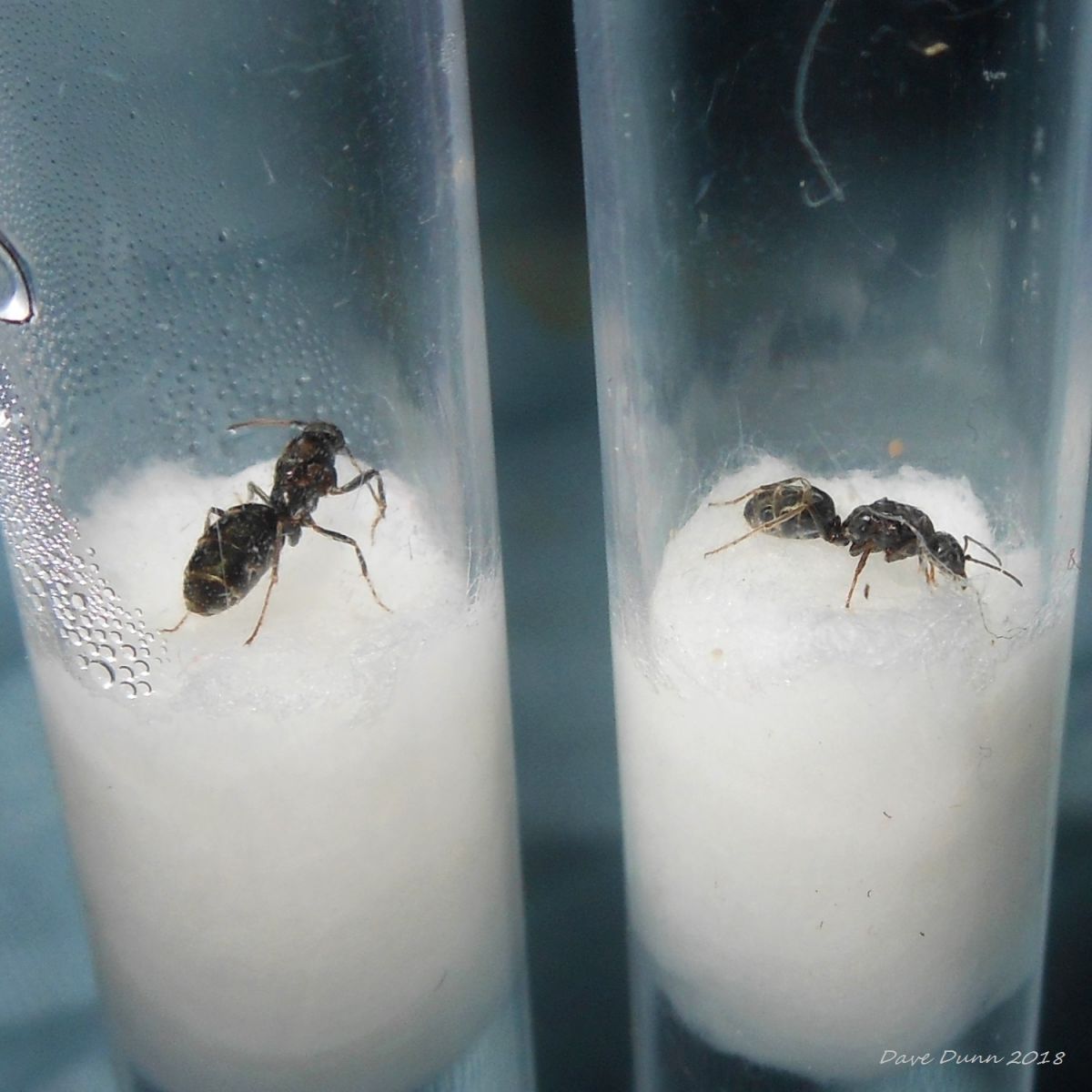
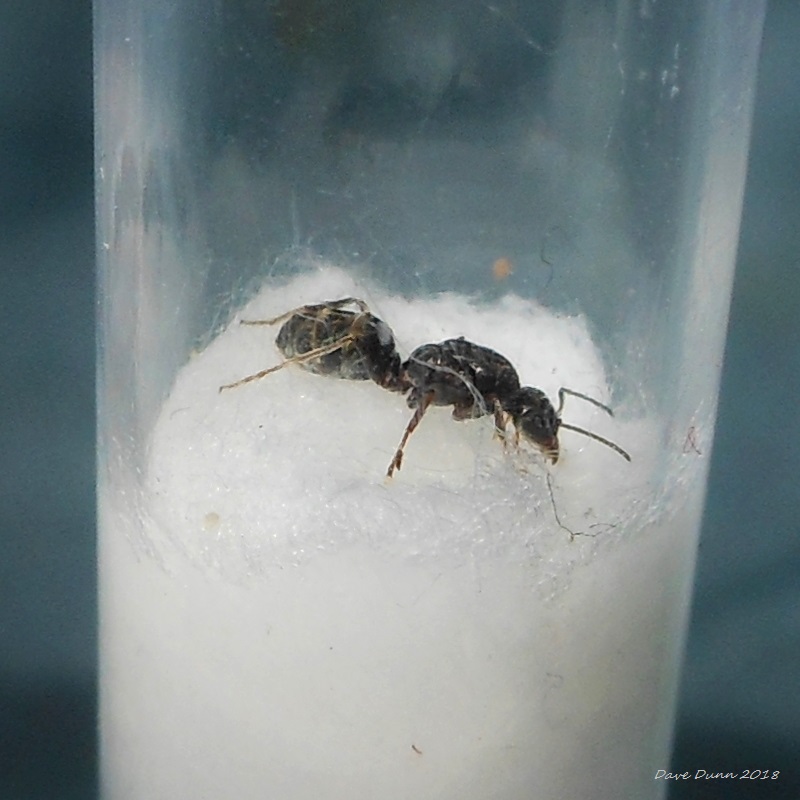
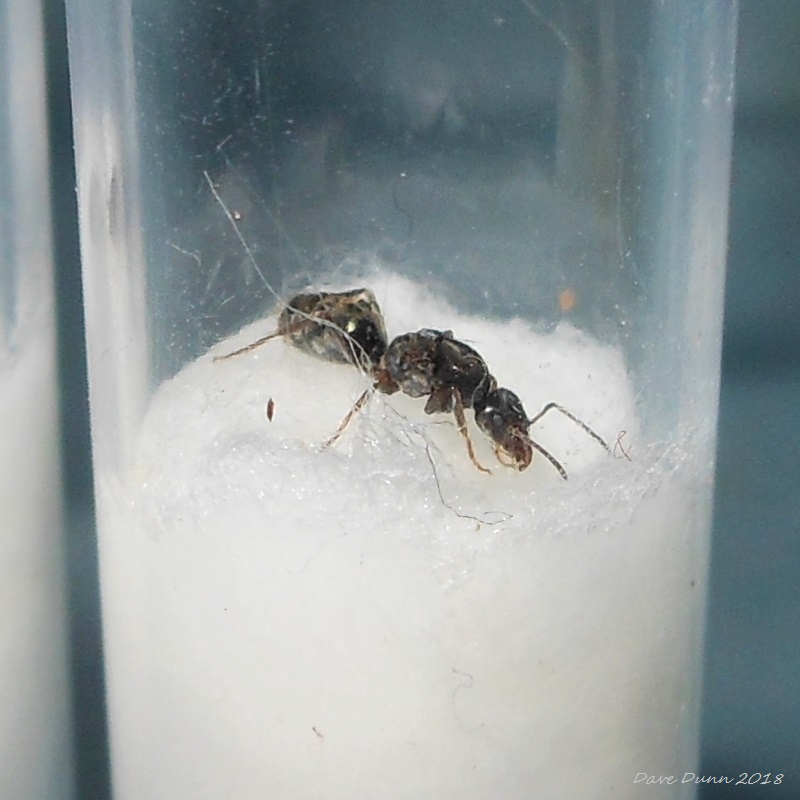
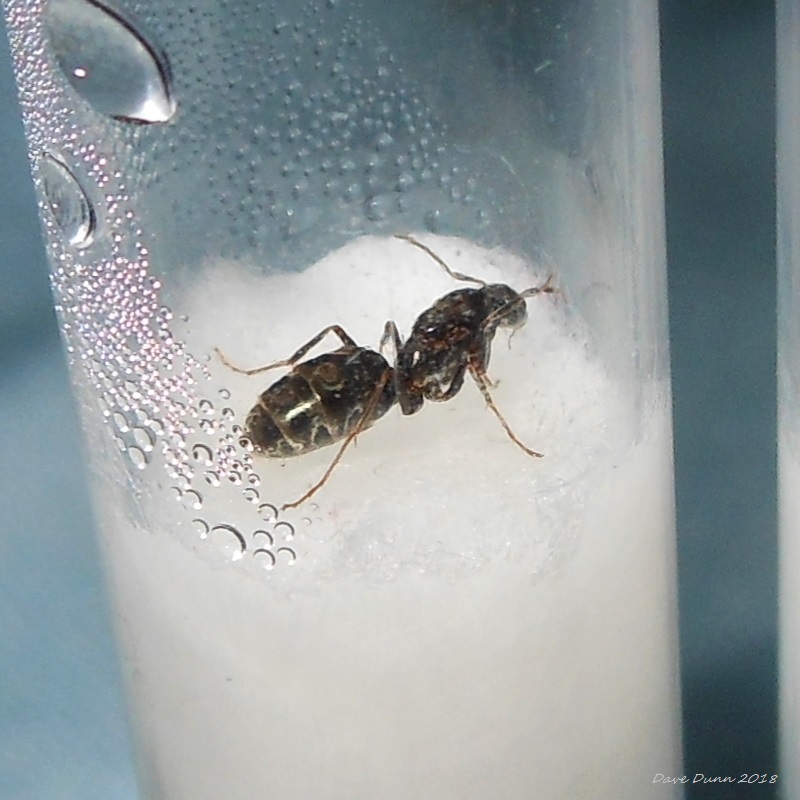
They all look like Iridomyrmex to me
Current ant colonies -
1) Opisthopsis Rufithorax (strobe ant), Melophorus sp2. black and orange, Pheidole species, Pheidole antipodum
Journal = http://www.formicult...ra-iridomyrmex/
Heterotermes cf brevicatena termite pet/feeder journal = http://www.formicult...feeder-journal/
Me too, but I can easily pick which is which between these two without a size reference or other clues, and they are not the same as the 7 I caught previously, 6 of which are identical. I guess they are all just different Iridomyrmex species, I was hoping for a different genus. I suppose it's just that time of the year but you seem to be finding a variety! I'm looking everywhere I go but only doing dedicated searches in the one general area, it does offer several different habitats though. There is one small species there that have really shiny gasters, hopefully I can find a queen of that species. There's also a Camponotus species I see workers of in one area, similar to the C. consobrinus but not quite the same, duller orange and no band on the gaster. Unfortunately I think the actual nest is in a back yard adjoining the hospital grounds.They all look like Iridomyrmex to me
Edited by CoolColJ, October 24 2018 - 12:33 AM.
Current ant colonies -
1) Opisthopsis Rufithorax (strobe ant), Melophorus sp2. black and orange, Pheidole species, Pheidole antipodum
Journal = http://www.formicult...ra-iridomyrmex/
Heterotermes cf brevicatena termite pet/feeder journal = http://www.formicult...feeder-journal/
Not always..Well in my experience, when a nanitic is about to die from age, she will know, and separate herself from the colony by going outside a few days before it happens
Hi, the orange sand is what most of South Australia is made of!Where did you get that orange substrate? Haven’t seen it before...
When ever I see Aussie ant keepers and that beautiful ochre colored sand and substrate I tend to get slightly jealous.
The strange thing (to me) is that the rocks in the Mallee are white limestone mostly, they really stand out in the red sand.When ever I see Aussie ant keepers and that beautiful
ochre colored sand and substrate I tend to get slightly jealous.
You can buy that red sand from pet shops. It's called reptile sand
Locally, I have clay dirt here which has a slightly different tone, but similarly red
Current ant colonies -
1) Opisthopsis Rufithorax (strobe ant), Melophorus sp2. black and orange, Pheidole species, Pheidole antipodum
Journal = http://www.formicult...ra-iridomyrmex/
Heterotermes cf brevicatena termite pet/feeder journal = http://www.formicult...feeder-journal/
Yeah, I have to laugh at people paying that much for the same sand landscape places sell by the tonne, what a scam! Same for people buying coir peat in pet shops when a brick is about $2 in a garden centre or even the supermarket (woolworths stocks it). I will say that the large coir bricks are usually coarser and contain clumps of "hair" though, but the small bricks are exactly the same stuff.You can buy that red sand from pet shops. It's called reptile sand
Locally, I have clay dirt here which has a slightly different tone, but similarly red
Edited by CoolColJ, October 25 2018 - 8:20 PM.
Current ant colonies -
1) Opisthopsis Rufithorax (strobe ant), Melophorus sp2. black and orange, Pheidole species, Pheidole antipodum
Journal = http://www.formicult...ra-iridomyrmex/
Heterotermes cf brevicatena termite pet/feeder journal = http://www.formicult...feeder-journal/
 |
Ant Keeping →
Ant Keeping Journals →
AntsCzech's general journalStarted by AntsCzech , Oct 18 2025 |
|

|
|
Ant Keeping →
Ant Keeping Journals →
Formcoidea's Myrmecia journal!Started by Formicoidea , Sep 16 2019 |
|
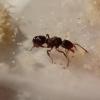
|
0 members, 0 guests, 0 anonymous users